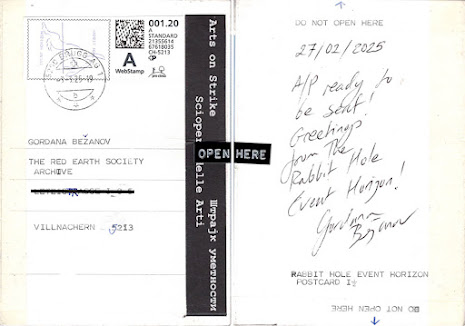17.07.2014
In Germany the corn is very commonly personified under the name of the Corn-mother. Thus in spring, when the corn waves in the wind, the peasants say, “There comes the Corn-mother,” or “The Corn-mother is running over the field,” or “The Corn-mother is going through the corn.” When children wish to go into the fields to pull the blue corn-flowers or the red poppies, they are told not to do so, because the Corn-mother is sitting in the corn and will catch them. Or again she is called, according to the crop, the Rye-mother or the Pea-mother, and children are warned against straying in the rye or among the peas by threats of the Rye-mother or the Pea-mother. Again the Corn-mother is believed to make the crop grow. Thus in the neighbourhood of Magdeburg it is sometimes said, “It will be a good year for flax; the Flax-mother has been seen.” In a village of Styria it is said that the Corn-mother, in the shape of a female puppet made out of the last sheaf of corn and dressed in white, may be seen at mid-night in the corn-fields, which she fertilises by passing through them; but if she is angry with a farmer, she withers up all his corn.
Source: The Golden Bough: a study of magic and religion; Sir James Frazer; http://www.gutenberg.org
The Rye-Mother
The rural people of Mark Brandenburg tell the legend of the Rye-Mother who hides in grain fields. For this reason children do not dare to walk into a grain field.
In Altmark children a kept silent with the words: "Hold your mouth or the Rye-Mother, with her long black tits, will come and take you away!"In the vicinity of Braunschweig and Lüneburg she is called the Grain-Wife. Children seeking cornflowers tell one another stories about how she steals little children; and hence they do not dare go too far into the green fields.
In the year 1662 a woman from Saalfeld told Prätorius the following story: A nobleman from there forced one of his subjects, a woman who had given birth less than six weeks earlier, to help bind sheaves during the harvest. The woman, who was still nursing her baby, took it with her to the field. In order better to perform her work, she laid the child on the ground. Some time later, the nobleman, who was present there, saw an Earth-Woman with a child come and exchange it for the peasant woman's child. The false child began to cry. The peasant woman hurried to it in order to nurse it, but the nobleman held her back, saying that he would tell her the reason in good time. The woman thought that he was doing this in order to make her work harder, which caused her great concern. Meanwhile, the child cried incessantly, until finally the Rye-Mother returned, picked up the crying child, and layed the stolen child back in its place.
After seeing all of this transpire, the nobleman summoned the peasant woman and told her to return home. And from that time forth he resolved to never again force a woman who had recently given birth to work.
Source: Wilhelm and Jacob Grimm, Die Roggenmuhme, Deutsche Sagen, no. 90.
http://www.pitt.edu/~dash/ashliman.html
http://gutenberg.spiegel.de/buch/753/406 (original language)
Patàna
"Patalena protected the growing or shooting corn. In Germany such a deity was called the Roggenmutter, whence the saying to children:
" 'Leave the flowers standing!
Go not into the corn!
There the Roggenmuttter
Stands from night to morn;
Now adorn she's' ducking,
Now all up she's looking,
She will catch the children all,
Who look for flowers, great or small' "
FRIEDRICH, Symbolik
Source: Etruscan Roman Remains and the Old Religion; Charles G. Leland (1892); www.books.google.com

Comments